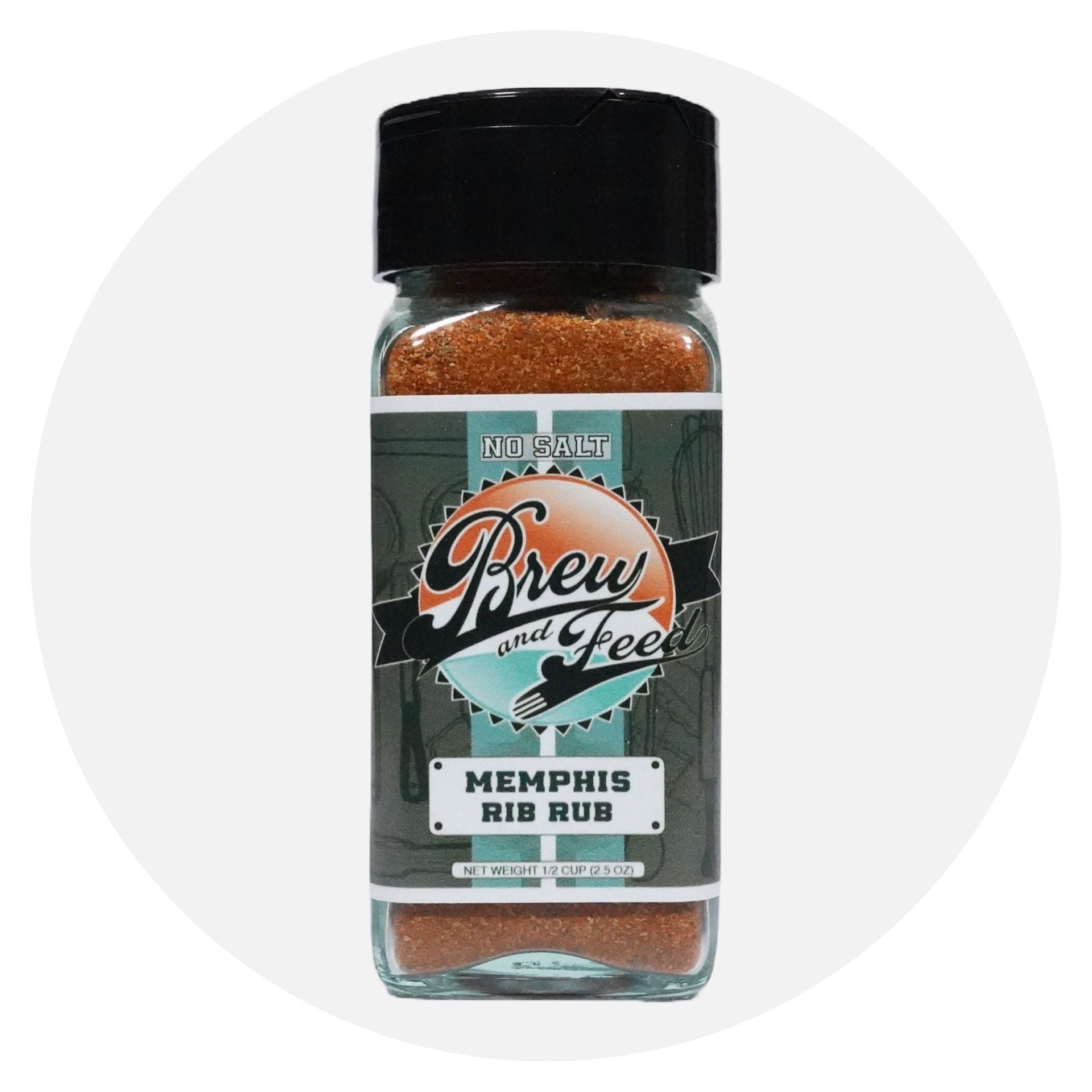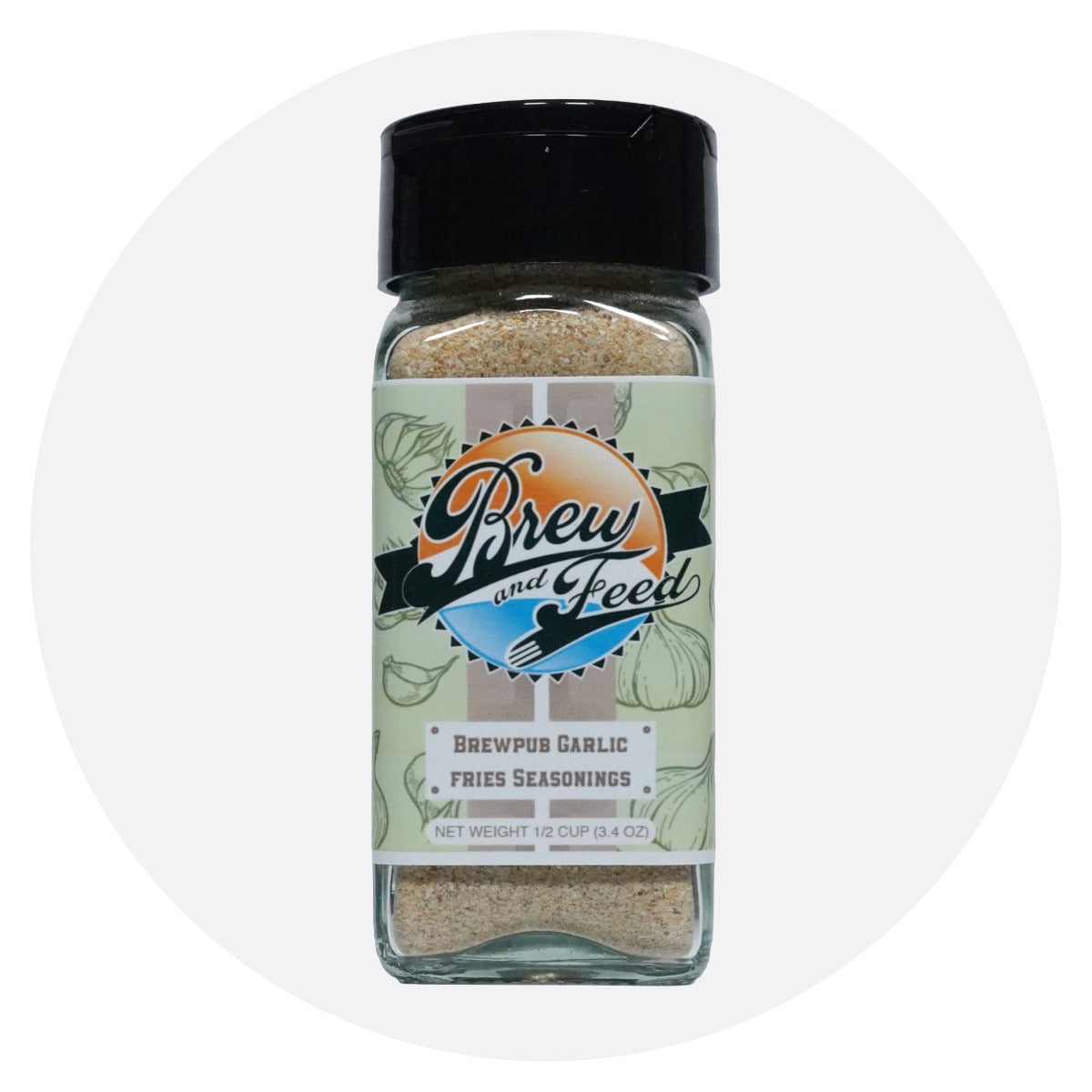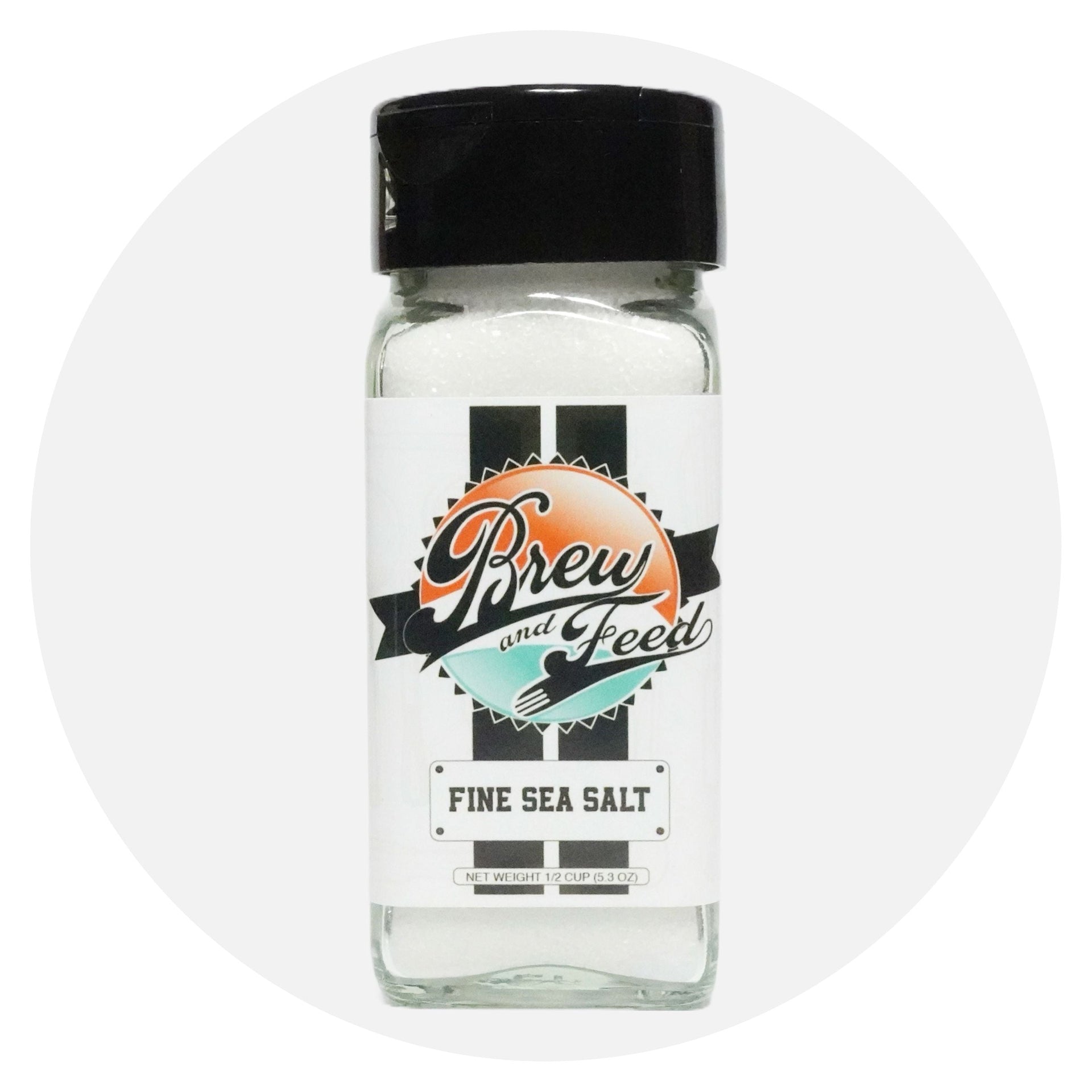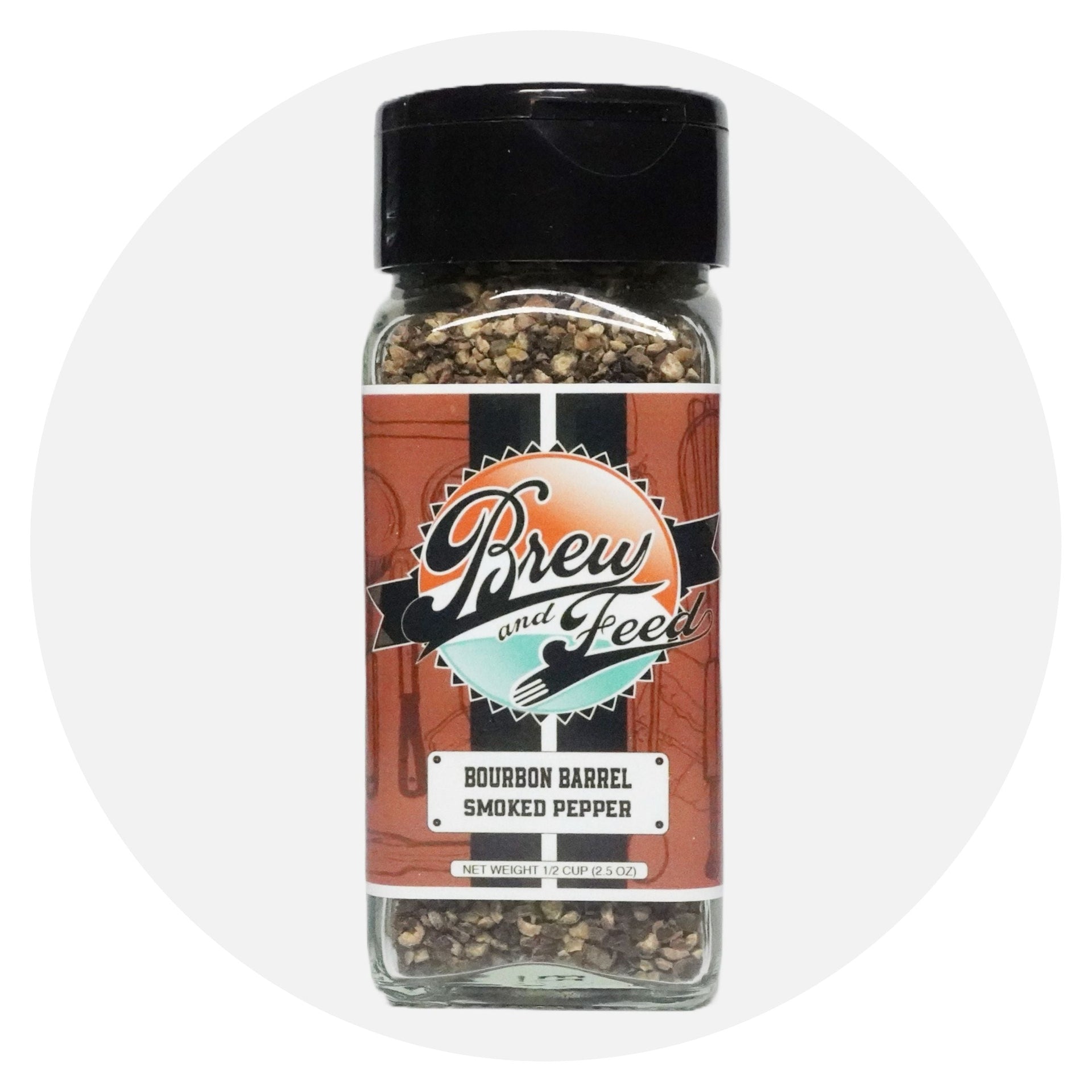
The Rich History and Versatile Uses of Ancho Chili Powder
Ancho chili powder, a staple in Mexican cuisine, has a history as rich and complex as its flavor. Derived from the dried poblano pepper, the journey of the ancho chili begins in the fertile valleys of Mexico, where the poblano pepper was first cultivated by the indigenous people long before the arrival of Europeans.
The poblano pepper, with its mild heat and deep, green color, was a favorite in Mesoamerican cultures. Once harvested, these peppers were often dried to preserve them for future use, transforming them into what we now know as ancho chilies. The drying process not only extended the shelf life of the peppers but also concentrated their flavors, giving the ancho chili its distinctive sweet and smoky profile with a hint of raisin-like sweetness.
With the Spanish conquest in the 16th century, the ancho chili, along with other native ingredients, spread to Europe and beyond, integrating into various global cuisines. However, it remained a cornerstone of Mexican cooking, treasured for its ability to add depth and complexity to dishes.
The Making of Ancho Chili Powder
The process of making ancho chili powder begins with the selection of ripe poblano peppers. These peppers are harvested and then dried until they become leathery and dark. The dried peppers are then ground into a fine powder, which retains the full spectrum of the ancho’s rich flavors.
The resulting powder is a dark reddish-brown, with a flavor profile that is simultaneously sweet, earthy, and mildly spicy. It has a Scoville rating of 1,000 to 2,000 units, making it one of the milder chili powders available. This makes it versatile, adding depth to dishes without overpowering them with heat.
Culinary Uses of Ancho Chili Powder
Ancho chili powder is a versatile ingredient that can elevate a wide range of dishes. Here are some popular uses:
1. Mole Sauces
One of the most iconic uses of ancho chili powder is in mole sauces. These complex sauces, which can include dozens of ingredients, often rely on ancho chili powder to provide a deep, earthy backbone to the flavor profile. Mole poblano, in particular, showcases ancho chili’s unique combination of sweetness and smokiness.
2. Rub for Meats
Ancho chili powder makes an excellent rub for meats. Its mild heat and rich flavor enhance the natural taste of beef, pork, and chicken. Combined with other spices like cumin, garlic powder, and paprika, it can create a flavorful crust on grilled or roasted meats.
3. Soups and Stews
Adding a tablespoon or two of ancho chili powder to soups and stews can transform them, providing a depth of flavor that is both comforting and complex. It pairs particularly well with bean-based dishes and tomato-based broths.
4. Salsas and Sauces
Ancho chili powder can be used to add a smoky sweetness to salsas and sauces. Whether you’re making a simple salsa for chips or a more elaborate sauce for enchiladas, a bit of ancho chili powder can make all the difference.
5. Vegetarian Dishes
Vegetarian and vegan dishes can greatly benefit from the addition of ancho chili powder. It can add a meaty depth to vegetable stews, chili, and even roasted vegetables, making it a favorite among plant-based cooks.
6. Desserts
Surprisingly, ancho chili powder can also be used in desserts. Its sweet undertones pair wonderfully with chocolate, making it a popular addition to brownies, chocolate cakes, and even ice cream. A pinch of ancho chili powder can add an intriguing twist to sweet treats, balancing sweetness with a hint of spice.
Conclusion
Ancho chili powder is more than just a spice; it is a connection to a rich cultural history and a versatile ingredient that can enhance a wide variety of dishes. From its origins in ancient Mexico to its place in modern kitchens around the world, ancho chili powder continues to be celebrated for its unique flavor and its ability to transform the ordinary into the extraordinary.




